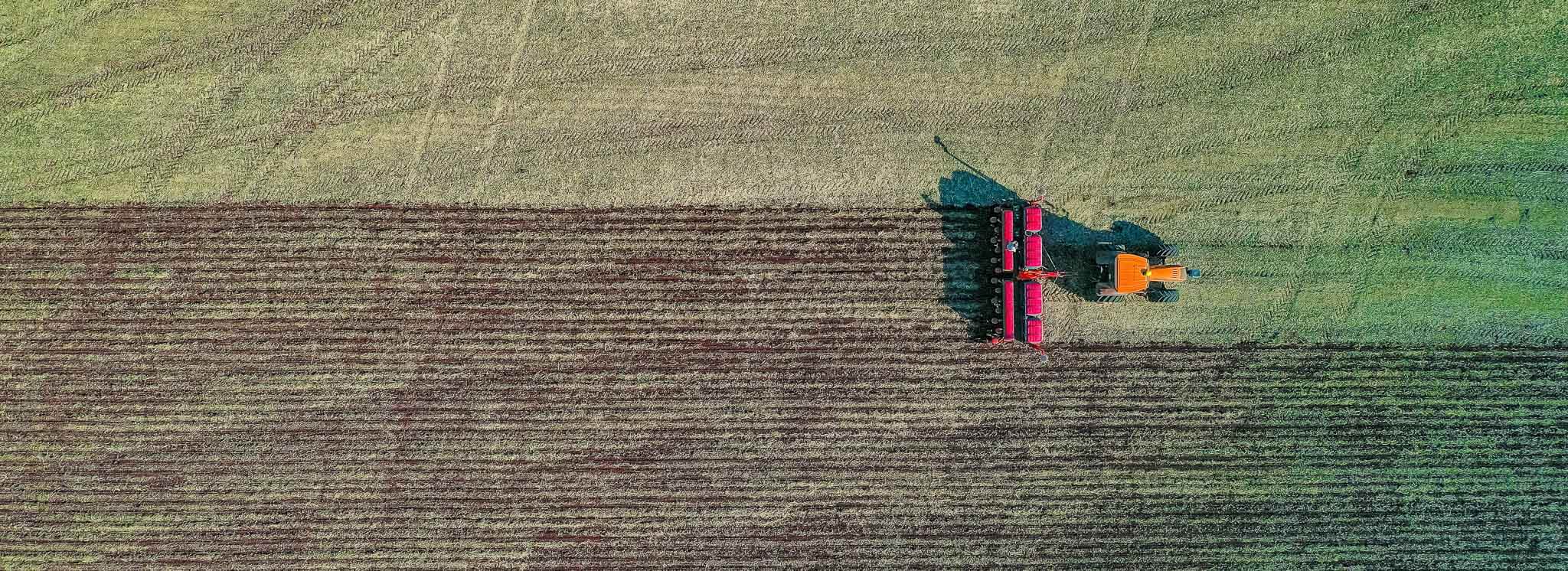Targeting sustainable industrial activities goes further than taking simple “green” and often short-term actions to reduce a carbon footprint.
At Baikowski, it goes from common industrial good practices to real efforts for a positive impact in the long run, whether it is from an environmental or local perspective.
On this page you’ll find what we’re doing to cut gas and water use, treat and valorize effluents, reduce noise for neighbors, and co-develop local projects—plus how these actions translate into innovative materials.
 Sections
Sections
(click to see directly the related section)
1. Resources consumption
2. Waste treatment
3. Local environment actions
4. Sustainable product applications
What measurable results summarize our progress so far?
- Water (USA): >60% reduction per unit of production (2003–2020).
- Water (France): ~20% reduction per tonne in 2024.
- By-products: BiNa® (sodium bisulfite, ISO 22000 since 03/2023), Sulcabaï (calcium sulfate).
- Waste recovery: ~90% of non-hazardous industrial waste.
- Programs: ADEME low-carbon energy-mix study (2022); France 2030 selection for ABC “Low Carbon Alumina” (2024).
- Local roots: Poisy plant in France (1954); ~130 local jobs today.
✅ 1.What do we mean by “Ressources Consumption reduction” at Baikowski?
What is Baikowski’s strategy for natural gas reduction?
To bring our products to high temperatures and thus turn them into high-end materials, Baikowski uses kilns working with natural gas. Being aware that our activities require an important use of this resource, we are closely monitoring our consumption and taking action to reduce it gradually :
- Product mix evolution: This strategy led us to the production of other types of fine oxides aside from aluminum oxide. Manufacturing these higher value-added products turns out to be less energy-consuming than alumina production and comes together with a decrease of production volumes of more standard alumina.
- Furnace upgrades: In addition to this trend, we focus our efforts on optimizing our facilities continuously. That is why we invested in a new technology of burners for our furnace a few years ago. These are heat self-recovery burners, enabling to reduce smoke spillage while reinjecting captured energy back into the system.
What’s our next low-carbon roadmap?
- In 2022, following the call for application “Expedite the industrial transition” launched by The French Agency for Ecological Transition, ADEME, Baikowski® has been taking part in the experiment consisting in the opportunity study of the low-carbon energy mix of its Poisy production site.
- In 2024, Baikowski®’s ABC (Alumine Bas Carbone/ Low Carbon Alumina) project has also been selected as a winner of the France 2030 call for projects!
How do we manage water sustainably across the Group?
At Baikowski®, reducing water consumption has been a priority for over two decades. As part of our ongoing commitment to sustainability, we have continuously implemented innovative solutions to optimize water usage, reduce reliance on municipal supplies, and minimize our environmental footprint.
>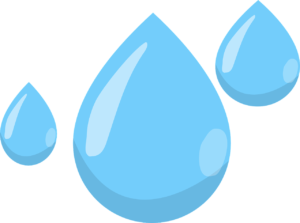 Baikowski Malakoff Inc. (BMI)
Baikowski Malakoff Inc. (BMI)
- As early as 2003, Baikowski’s subsidiary in the USA recognized the importance of water conservation and made it a key focus of its continuous improvement strategy.
- In 2007, following an in-depth process assessment, the company initiated a process water re-use system.
- By 2020, this initiative had already resulted in a more than 60% reduction in water usage per unit of production.
> Baikowski® France
👉 At our Poisy site, we have further reinforced our commitment by investing in new technologies to optimize water consumption.
As a result, in 2024, we achieved a durable 20% reduction in water use per tonne of product, contributing to both environmental preservation and energy efficiency.
Discover our environment and energy policy
✅ 2. How do we treat emissions and valorize effluents in France?
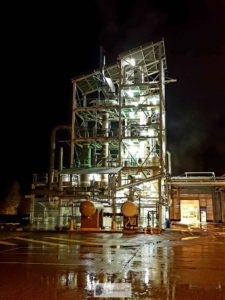
Baikowski captures and retreats its gas emissions and effluents through two separate mechanisms that are feeding each other; the STEL and the Sox.
These two tailor-made facilities are not only a mean to reprocess our gas & liquid effluents to neutralize them, but also to recycle them with by-products : sodium bisulfite and calcium sulfate.
What is BINA (Sodium Bisulfite) and where is it used?
- The Sox mechanism enables us to process the gas produced while manufacturing high purity alumina.
- We obtain a by-product that is currently sold for water treatment or as a bleaching agent: the bisulfite.
- Since March 2023, we can also adress the agri-food market thanks to the ISO 22000 certification and in particular the sugar market.
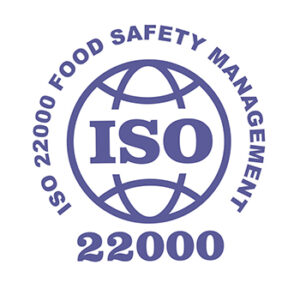
What is Sulcabai (Calcium Sulfate) and how is it used in agriculture?
- We have been developing a custom-made facility to process liquid effluents coming from our manufacturing process. It gives the ability to neutralize the effluents and it goes even further; we create an upgraded by-product: the calcium sulfate!
- Our Sulcabaï (in French, sulfate de calcium Baikowski) is used in agriculture for fertilization and aeration of the soil. It brings many benefits; for instance, it helps for desalination and takes away soda from saline soils. We produce about 1,2 tons of Sulcabaï for 1 ton of alumina being produced.
How much non-hazardous waste do we recover?
We make sure that we separate and recycle waste as much as we can. Indeed, around 90% of non-hazardous industrial waste are recovered at Baikowski.
✅ 3. How are we rooted in our local environment?
What is our local history and footprint?
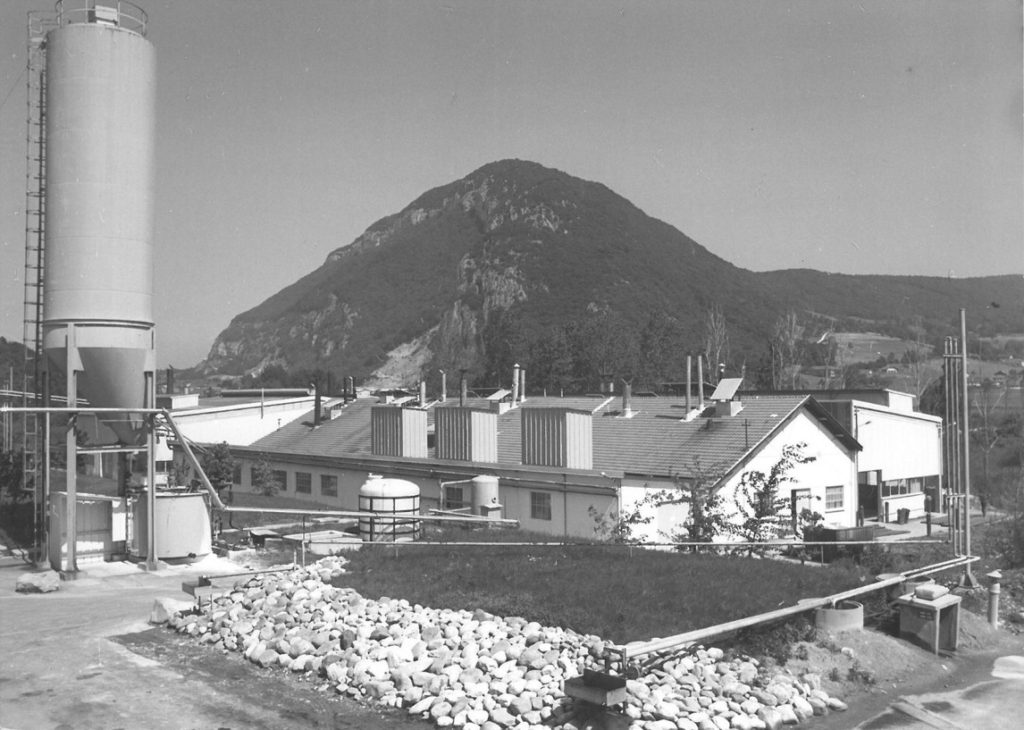
- Founded in 1904, Baikowski arrived in Annecy in 1919 due to its proximity to the hydroelectric equipment essential to its development and due to watchmaking industry (Swiss & Savoyard) booming at that time.
- In 1954, the plant in Poisy was created and is employing today about 130 people locally. The company’s future sustainability is secured through responsible actions toward residents and employees, coupled with the intelligent management of resources and the effective treatment and recovery of all industrial waste and emissions.
How did we reduce noise?
Baikowski® has reduced noise emissions for both employees and local residents by simultaneously implementing several noise reduction projects:
- We installed a custom-made silencer on the gaseous effluent treatment fan and added a variator to the cooling towers,
- Within the plant, we fitted cowlings on vacuum pumps.
Which Local Long-term projects are underway ?
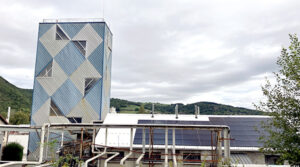 In the spirit of long-term, inclusive development with its environment, Baikowski is working with local authorities on various subjects:
In the spirit of long-term, inclusive development with its environment, Baikowski is working with local authorities on various subjects:
- Solar panels deployment, as part of the governmental plan “climate, air, energy 2050”.
- Soft mobility (since 2017): active in the local corporate mobility plan (2–3 meetings/year with the conurbation).
✅ 4. Which applications turn performance into sustainability gains?
We want our products to serve markets that are nurturing a brighter future, with high value added. More and more applications that were exclusively dedicated to metal or polymers are moving toward the use of fine oxides, more resistant and long-lasting on many points.
Indeed, there is no longer any doubt about the numerous benefits in using technical ceramics:
- Enhanced mechanical resistance, thanks to the intrinsic strength of ceramics
- Stable even at very high temperatures
- Lighter than some metals
- Chemically inert (no corrosion, neither oxidation)
- Remarkable optical properties, in diffusion for non-opaque ceramics in general and in transmission for transparent ceramics.
👉 All these properties are making the technical ceramic a major ally in the pursuit of performance, while remaining a non-toxic, durable material. Let us explore some examples of farsighted applications in which our products play a role.
Why Ceramic Matrix Composites are revolutionary materials?
 This material features a ceramic matrix reinforced with integrated ceramic fibers, providing superior resistance to extreme conditions (thermal and mechanical stress) compared to previous aerospace technologies. Therefore, the jet engines can run at much higher temperatures and consume the fuel more completely.
This material features a ceramic matrix reinforced with integrated ceramic fibers, providing superior resistance to extreme conditions (thermal and mechanical stress) compared to previous aerospace technologies. Therefore, the jet engines can run at much higher temperatures and consume the fuel more completely.
Moreover, the CMCs enabled to significantly lighten the components, due to their intrinsic composition. That is why the CMC technology contributes to reduce both the fuel consumption and the greenhouse gas emissions of air traffic.
👉 Our role: low-temperature-sintering raw materials that keep excellent mechanical properties, reducing energy use and cycle time.
Learn more in our Ox/Ox CMC White paper
Why do high-power LEDs need ceramic converters, and what are the main markets?
 A ceramic convertor is necessary to process the native blue light into a more eye-friendly light. Thanks to its outstanding mechanical properties, the LED technology offers very low energy consumption, minimal heat generation, and a long lifespan compared to most other lighting technologies. Its effectiveness is widely recognized, that’s why :
A ceramic convertor is necessary to process the native blue light into a more eye-friendly light. Thanks to its outstanding mechanical properties, the LED technology offers very low energy consumption, minimal heat generation, and a long lifespan compared to most other lighting technologies. Its effectiveness is widely recognized, that’s why :
- The light-emitting diode (LED) have been supplanting the conventional lighting .
- Since 2020, most high-end cars have been equipped with efficient main-beam LED headlamps.
👉 Baikowski’s YAGs and LuAGs are engineered to target maximal quantum efficiency through high sintering reactivity and a highly homogenous distribution of activators within the crystal lattice.
Learn more about light conversion
How our materials make Batteries safer and longer-lasting?
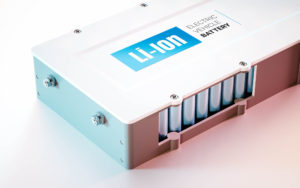
The proliferation of connected objects (IoT) and electric vehicles has created an urgent demand for Batteries that are safer, more powerful, and significantly more durable in a compact form factor.
This quest for maximum efficiency requires researchers to look beyond conventional materials. Fine oxides are at the heart of this innovation, providing the chemical and structural stability needed to boost performance, improve charging cycles, and extend the lifespan of modern batteries.
Discover our battery solutions White Paper
As Baikowski offers a wide range of products to serve the upper part of the value chain, it is obvious that the applications are extremely diversified. The aforesaid applications are only a sample of what can be done!
We keep promoting the co-development of tailor-made products and thus take part in the creation of the sustainable technologies of tomorrow.

